Riverbank restoration is becoming a thing as residents in local communities take ownership of their little part of the river’s journey back to good health.
As the Ōpāwaho Heathcote River winds its way through Christchurch, much of its banks are still monocultures of exotic grasses and weeds, mown and/or weed eaten to a park-like state. There are areas where this state is probably appropriate given usage by locals, but as many residents are coming to understand, the health of the river and, in these days of climate change and increasing temperatures, the health of the city and its residents depends on the river corridor transforming from mown grassy open park to something much more resembling its original vegetation – flaxes, rushes, native grasses bordering the river with a canopy of larger tree species above.
For some residents, particularly those who do not understand the ecological and economic necessity of this change, this alteration of their neighbourhood is resented and resisted. We see and hear this resistance in the social commentary which bemoans unmown, untidy vegetation obscuring views of the river. Often unsaid, and perhaps unrecognised, is the vestige of colonial desire for the mown grassy riverbank of European origin.
A healthy New Zealand river requires only three things to be so: a lack of pollutants; a lack of water-bourne sediment; and an abundance of habitats and food for the life that seeks to inhabit the various niches within the river catchment.
A river winding through a city has a difficult task avoiding the first two: pollutants and sediment. Zinc from car tyres and roofs as well as copper dust from car brake pads will kill much of the macrobiotic life that sediment eroding from hills and riverbanks does not smother. Nitrates and phosphorus compounds washing into the waterway from excess fertiliser use will promote algae growth reducing available oxygen for any life that survives all the above. Warm the river by denuding its riverbanks of trees and the creation of a waterway suffering from urban river syndrome is complete.

A group of residents plants a section of their riverbank under supervision of the Community Partnerships Ranger.
Planting riverbanks with a suitable mixture of grasses, rushes, flaxes, shrubs and trees will help its health although reduced car use in the catchment, increased use of copper-free brake pads and pre-treatment of stormwater will more directly improve river health. Native plantings along the riverbank will:
- Trap and slow some sediment from entering the river during rain events
- Slow run-off from any adjacent roads and possibly biologically decompose some of the pollutants
- Trap wind-blown litter from entering the river
- Provide habitat for spawning inanga (whitebait – in suitable areas)
- Provide habitat, feeding and breeding sites for insects and birds which will, in turn, create the complex eco-systems that are required to create a healthy river
- Provide shade to the river thus cooling it and thereby allowing for higher and healthy oxygen content
- Provide shade that cools the local roads and suburbs, particularly in times of rising temperatures
Exotic grasses, especially when mown, do few of these things for the river.
Groups of residents are beginning to take responsibility for planting and maintaining their local riverbanks and reserves, understanding that it is all our interests to improve river health. If you would like to take part in what is a growing phenomenon (excuse the pun), you can do the following:
- Take note of any group that is operating in your area, and join in: they all need volunteers and you will be very welcome
- Talk to a few of your neighbours about the idea of having a working bee to improve your stretch of the riverbank, understanding from the outset that it will involve several years of nurturing before plants reach sufficient maturity to not require maintenance
- Have a read of this page on the OHRN website dedicated to Community Group resources
- Talk to your local Community Partnership Ranger. There are only a few of these much over-extended people on the payroll of the CCC, but they are your first port of call. Your ranger will tell you all that you need to know and will be able to source any plants and tools required.
